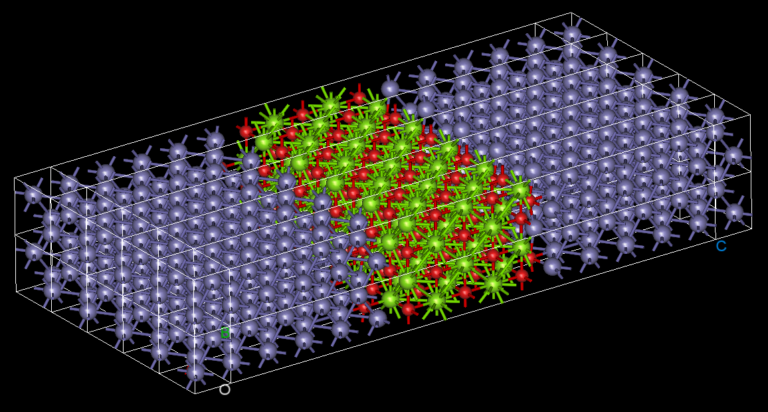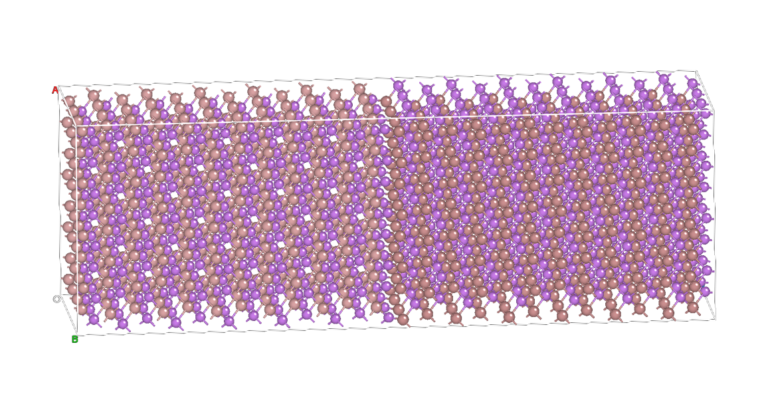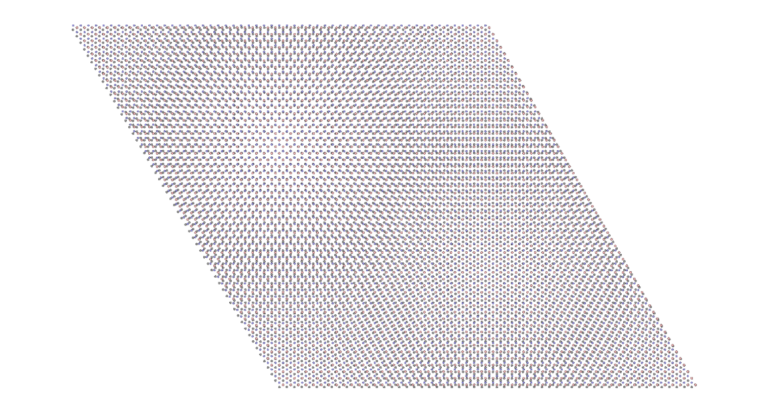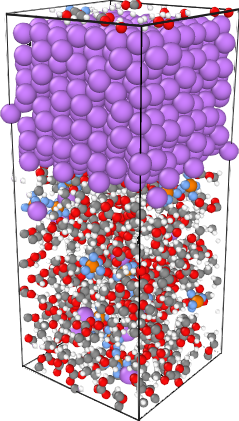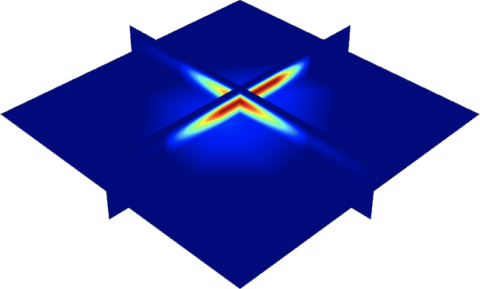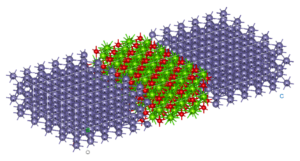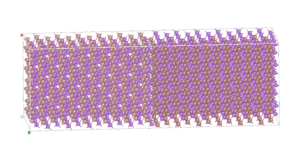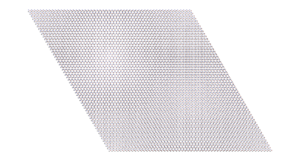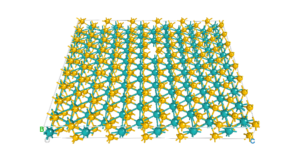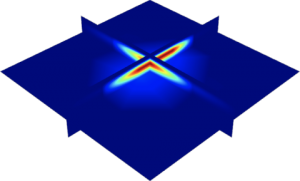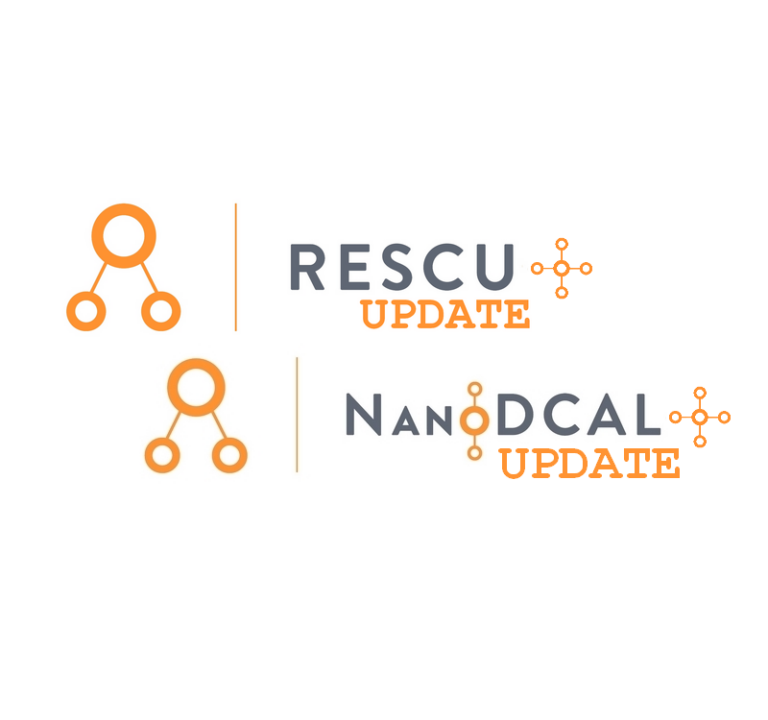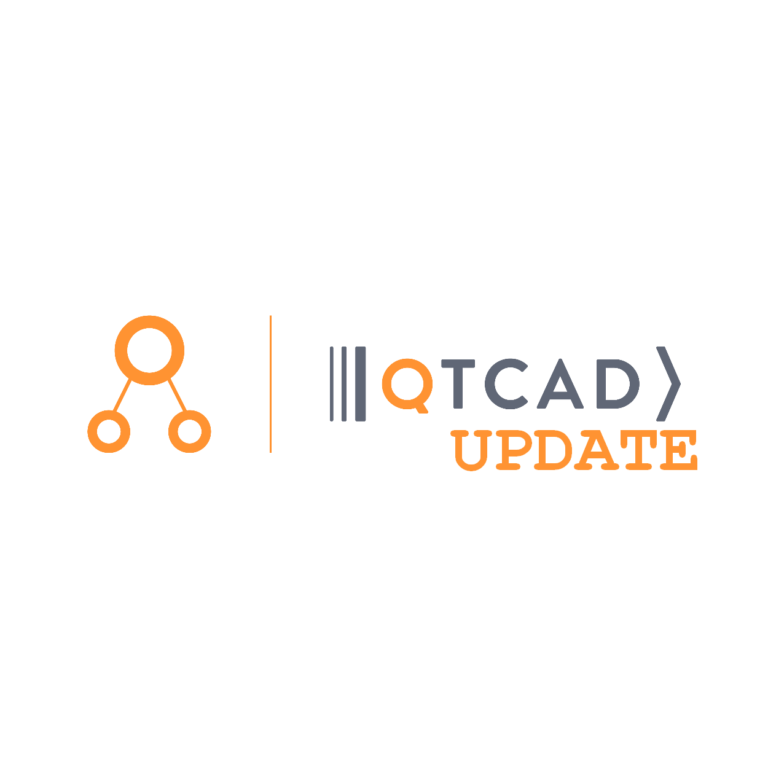A new version of NanoDCAL+ has just been released!
Here is what is new in the version 2023B:
News
- Photocurrent module This approach employs quantum transport equations based on nonequilibrium Green’s functions. It expands on the real-space basis where the first Born approximation on the electron-photon (e-ph) interaction is. It includes the electronic Hamiltonian description.
- See the input reference for the possible parameters and results.
- Scattering wave functions module Scattering waves are eigen-states of the open device structure that traverse the device from z = −∞ to z= +∞. It can be used to gain insight to transport problems.
- Tutorial calculating the scattered waves in a carbon chain.
- Tutorial calculating the real space wavefunctions.
- Tutorial simulating a silicon p-n junction.
- Tutorial calculations for spin-orbit coupling (SOC) and the iso-surface at a given energy value.
- Tutorial transport property of a graphene for spintronic devices.
- Licenser NanoDCAL+ now supports a larger range of installation options. From a single computer to an offline supercomputer cluster*, we have you covered.
- Paste the license file lic in .nanoacademic/NANODCALPLUS or set the environment variable NANODCALPLUS_LICENSE_PATH to the full path to the license.lic file.
Changes
- Calculator binaries NanoDCAL+ calculators are consolidated into a single binary nanodcalplus.
- Changed the TwoProbe calculator interface. It can now be initialized as: dev = TwoProbe(left=left, center=center, right=right, transport_axis=2)
- Improved documentation. Fixed typos, updated content and added sections.
- MPI NanoDCAL+ now supports OpenMPI, MPICH, MVAPICH2.
- use the option -Dmpi_provider to specify which MPI distribution you would like to use.
- Build Improved dependency build speed. Add DFTD3 installer. Upgrade default version on HDF5, OpenBLAS, ScaLAPACK, ELPA. Add –compiler option allowing to compile dependencies with gcc and intel
Bugfix
- Fixed serialization of Quantity objects into a dictionary format.
- Fixed duplicate basis sets. It is now defined in solver.basis.type and sys.basis.
- Fixed the defined fcell attribute for the Cell
More to come soon!


